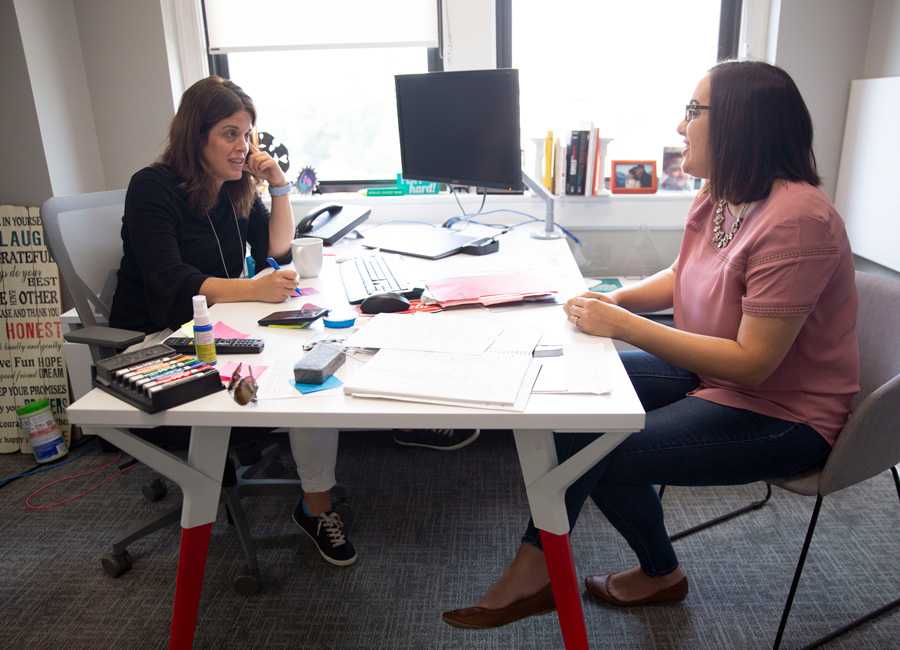

I hope I can admit to you that 2020 has shepherded in a year that has tested my leadership prowess. I never anticipated a full-year with almost daily unpredictable—and some predictable—intense moments. The good news is that I’m surrounded by mentors, friends and a support system that genuinely cares about each other and our work.
Between the twists and turns, I try to reflect on what I’m learning and what keeps our workplace thriving. And, I’m realizing one major overarching theme: we must celebrate the good things AND perhaps as important, we must directly address the challenges. And, this means we have to be comfortable with having difficult conversations.
I’ve been having more of these tough conversations in 2020 than perhaps ever in my professional career, yet I’m also perhaps the most fulfilled because with each conversation comes a step forward.
I’m learning how to have these conversations more intentionally. Over the past few months, we (as a world) have experienced a plight of trauma, pain and a heightened awareness of the systemic racism that is present in America. I will admit that that I didn’t discuss systemic racism often enough or regularly seek to deeply understand why we are where we are, until this year. But I know for us to make progress, I must have these hard, honest conversations on what’s working and yet what still needs work.
Here’s what I’ve learned so far as I’ve tried to navigate this with my teams…
Building trust starts with listening. I’m trying to make it a point to build meaningful relationships that contribute to the comfortability and willingness of our employees to come to me when they have questions, ideas or concerns. I’m working on listening first and then trying to create open, transparent dialogue to build trust so that we’ll keep sharing with each other.
I’m looking in the mirror and asking others to do the same. We all have biases, and sometimes they’re easy to see and sometimes they’re beneath the surface. There are things that we should do differently. When I’m moving too fast, I’m asking myself to pause. Is what I’m about to do intentional and what’s best for this person/situation, or what feels like it’ll be fastest?
I want to give space to all leaders. Leaders aren’t just those with ‘executive’ in their title—all our employees play a role in leading and creating these environments. Doing so can be as simple as letting our team members know that racial equity is a topic that we are open to discussing. As an ally, this also looks like taking the initiative to begin these conversations or offering to listen to those that have been personally impacted by systemic racism, discrimination or biases. No action is too small.
But, most of all, I’m acknowledging that systemic racism is an issue that should discussed, despite how difficult it maybe or how many people might not want to accept it. There is also a nuance for how things should be addressed: in the moment, in a group or with a person 1:1. There’s the right time for each (and usually it involves more than one option). The biggest step is making it known that I’m willing to have these conversations and encouraging others to do the same in a way that is conducive and productive.
We’ve got to actively be involved. We must do what we say. We must be sincere in our actions and we must have tough conversations for progress to continue.
It starts with creating an environment that allows for change to begin.


